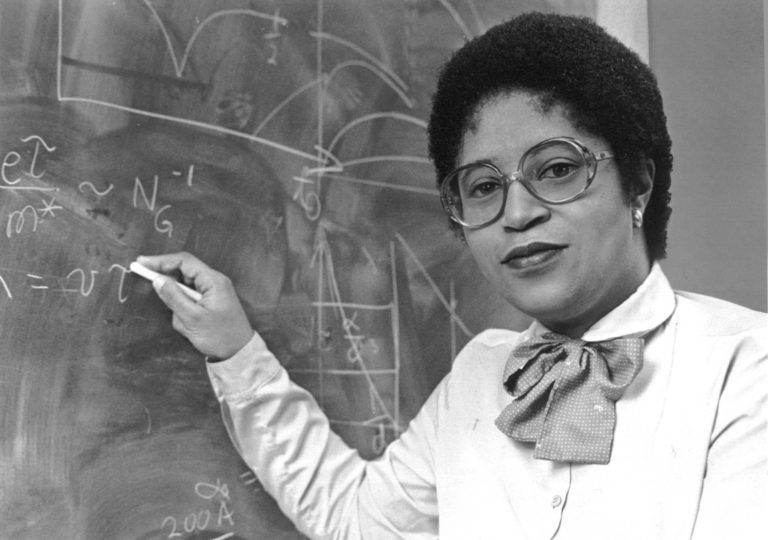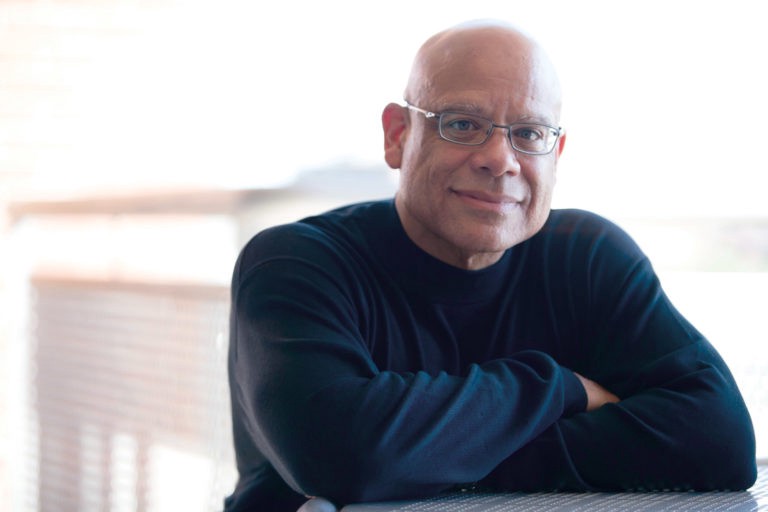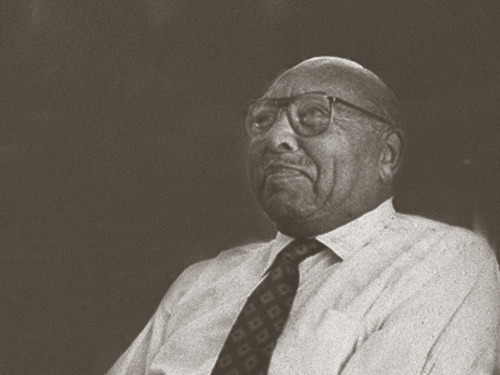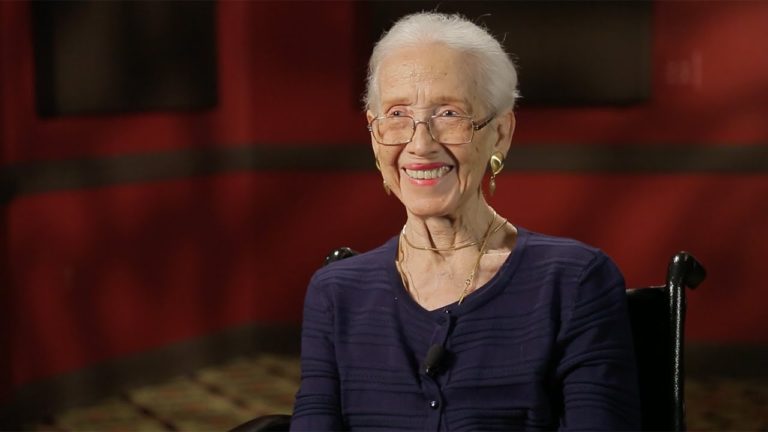Black History Month: African American STEM Innovators
As modern educators, we already know how important STEM/STEAM learning programs are for our students. What we may not know, however, is how many or which of our students who excel in these subjects actually wind up in a STEM/STEAM career. The National Center for Science and Engineering Statistics (NCSES) released a federal report in 2017 that explored the participation of these groups in science and engineering fields. In the report, they stated that African American men made up 3% and African American women made up 2% of science and engineering jobs in 2015.
In addition, according to the White House, “Members of racial and ethnic minority groups are projected to become the majority of America’s population in the next 30 years. Today, however, they account for just 28 percent of America’s STEM workers.” Though we still have a long way to go to allow African American innovators to be proportionately represented in STEM fields, we can still look to African American STEM innovators as inspiration for both us and our students.
1) Annie Easley
Annie was a leading member of the NASA software development team. Among her many accomplishments, she developed and implemented alternative power technologies and identified energy conversion systems and alternative systems to help solve energy problems. Her work helped lay the foundations for future space shuttle launches and communication, military, and weather satellite technology.

2) Shirley Jackson
As the first woman to receive a doctorate from MIT, Shirley studied subatomic particles and became a theoretical physicist. She was also appointed by Bill Clinton as Chairman of the U.S. Nuclear Regulatory Commission- simultaneously becoming both the first woman and first African American to hold this position. She was inducted into the National Women’s Hall of Fame in 1998.

3) Mark Dean
Mark is a computer scientist and engineer who helped create the first IBM Personal Computer, according to Salesforce. He began working for IBM in 1980 and eventually went on to hold three of their nine original patents due to his contributions to their work. So not only did he help develop the original home computer, but he also helped develop the color PC monitor and the first gigahertz chip.
4) Mae Jemison
According to iD Tech, Mae received a Bachelor of Science in chemical engineering from Stanford in 1977. She went to Cornell University Medical College from there, got her MD, and the spent some time working in the Peace Corps while doing medical research. She holds nine honorary doctorates and, in 1992, Mae became the first African American woman in space aboard the Endeavor.

5) Walter Hawkins
Walter was a chemist, inventor, and leader in fostering scientific careers in the African American community. He held 18 patents in the US and 129 more from foreign countries. According to The New York Times, most of his work involved conserving and reclaiming materials for communications equipment. One of his inventions was additives that gave long life to plastic coatings for shielding wire cables. These new coatings ended up enabling universal telephone service to become possible. He was also the first African American engineer to be inducted into the National Academy of Engineering.

6) Katherine Johnson
In 1952, Katherine began working at the NACA (National Advisory Committee for Aeronautics’) in the Langley laboratory. She was one of the integral people that worked to get the US into space. According to Nasa, in 1960 she co-authored a report titled Determination of Azimuth Angle at Burnout for Placing a Satellite Over a Selected Earth Position, which laid out the equations describing an orbital spaceflight where the landing position is specified. In 1962, during John Glenn’s orbital mission, Katherine was then tasked with running the numbers and equations that had been programmed into the computer by hand on her desktop mechanical calculating machine to double-check the calculations. Katherine Johnson August 26, 1918 – February 24, 2020.
7) Garrett Morgan
Garrett has made various contributions to the field of technology and innovation, including inventing an improved model of the sewing machine, one of the first versions of the gas masks, and the original version of the three-light traffic signal. He was even a hero during the Lake Erie Crib Disaster of 1916 when a natural gas explosion caused men to be trapped beneath a building breathing in dangerous gases. Morgan himself arrived on the scene to save the day, bringing his gas masks with him. He, along with several volunteers, donned the masks and were able to rescue 8 men and recover the bodies of several others.